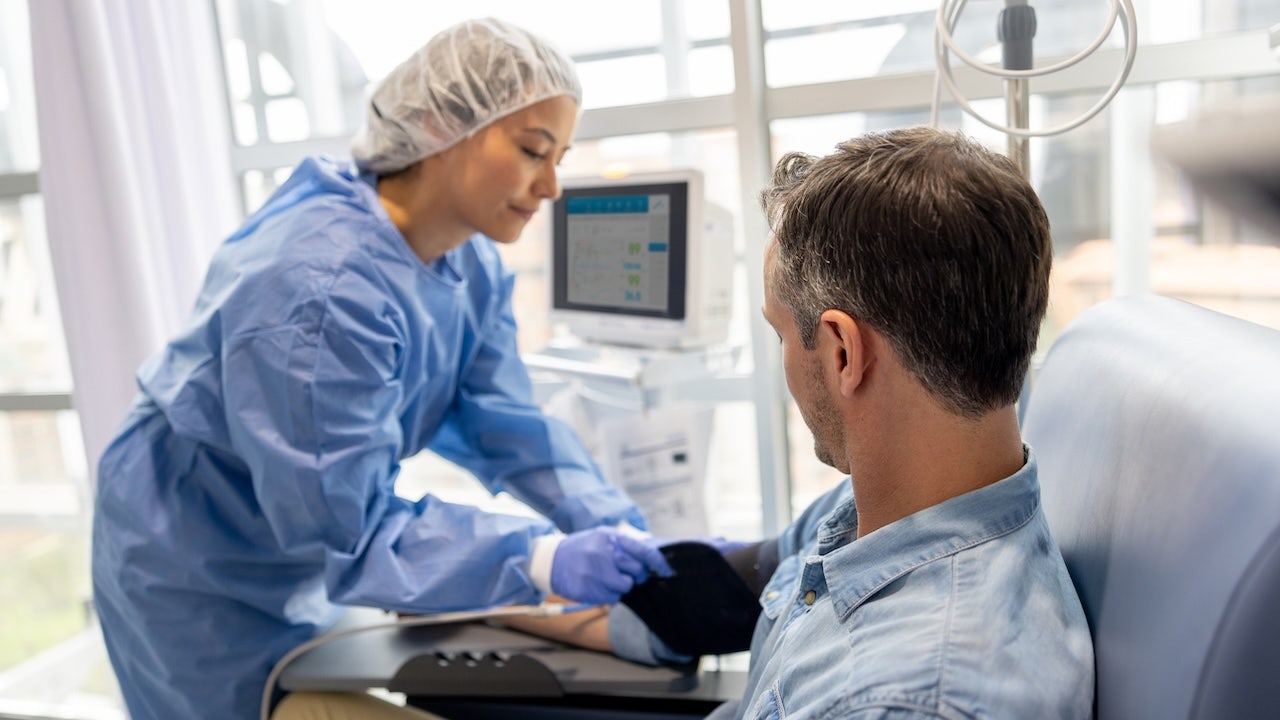Top 11 questions parents ask doctors about measles

As measles cases continue to spread throughout the U.S., with 12 states reporting official outbreaks, concern is growing among high-risk groups, particularly children under the age of 5 who are most vulnerable to the highly contagious virus. The CDC recommends that children receive two doses of the MMR (measles-mumps-rubella) vaccine, starting with the first dose at 12 to 15 months of age, and a second dose at 4 through 6 years of age.
Dr. Allison Croucher, a pediatrician at Duly Health and Care in Illinois, frequently receives questions from concerned parents looking to protect their children from measles. Here are some common inquiries she receives, along with her responses:
1. Should I be worried about measles where I live or where I’m traveling to?
Measles cases have been reported in 20 states so far. Even if you do not live in one of those areas, it is important to keep a close eye on local health alerts as the disease is rapidly evolving. Check your state’s Department of Health website for updates and guidance before traveling to areas with reported cases.
2. How do I know if my child is fully vaccinated?
A child is considered fully vaccinated for measles if they have received two doses of the MMR vaccine at least four weeks apart. The first dose is typically given to children between 12 and 15 months old, followed by the second dose at four to six years.
3. Can my infant get the vaccine early?
In certain cases, infants who are high-risk or traveling to areas with active cases may be eligible to receive the MMR vaccine between six months and 12 months of age. Consult with your pediatrician to determine if early vaccination is appropriate for your child.
4. What if my infant is too young to get the MMR vaccine?
If your infant is too young for the vaccine, take extra precautions to limit their exposure to others who may be ill. Consider declining travel or gatherings to protect your child’s health.
5. How early can my child get their second MMR vaccine?
The second MMR dose can be given as early as four weeks after the first dose for children over one year. Once they have received both doses, they are considered fully vaccinated.
6. We have been around other people who recently traveled. What symptoms should we watch for?
Watch for symptoms like fever, cough, runny nose, and red, irritated eyes, which typically appear seven to 14 days after initial exposure.
7. My child is showing signs of a cold. Could this be early-stage measles?
Measles symptoms can resemble those of a cold, but children with measles typically have very high fevers and may be very fussy. Look out for small, bluish-white spots on the inner cheeks and a red rash that develops three to five days into the illness.
8. What does the measles rash look like?
The measles rash typically starts three to five days after initial symptoms, beginning as small spots on the face near the hairline and spreading downwards to cover the entire body.
9. Why is measles dangerous?
Measles can lead to complications such as ear infections, diarrhea, pneumonia, and encephalitis. About one to three out of every 1,000 children infected with measles will die due to complications from the disease.
10. Why aren’t some people getting their kids the MMR vaccine?
Misinformation and disinformation about vaccines have led some parents to delay or skip vaccination. However, the MMR vaccine has an excellent safety record and has been safely administered to millions of people.
11. What should I do if I think my child might have the measles?
Contact your doctor immediately for guidance on the next steps to take.
It is crucial to stay informed and take proactive measures to protect children, especially those under the age of 5, from measles. Following the CDC’s vaccination recommendations and seeking guidance from healthcare professionals can help prevent the spread of this highly contagious disease.




